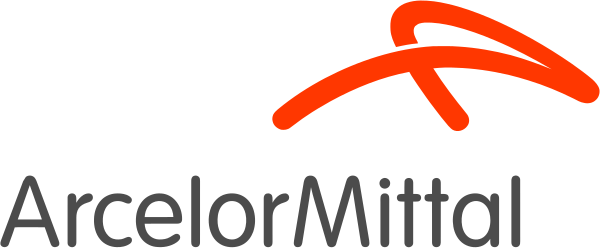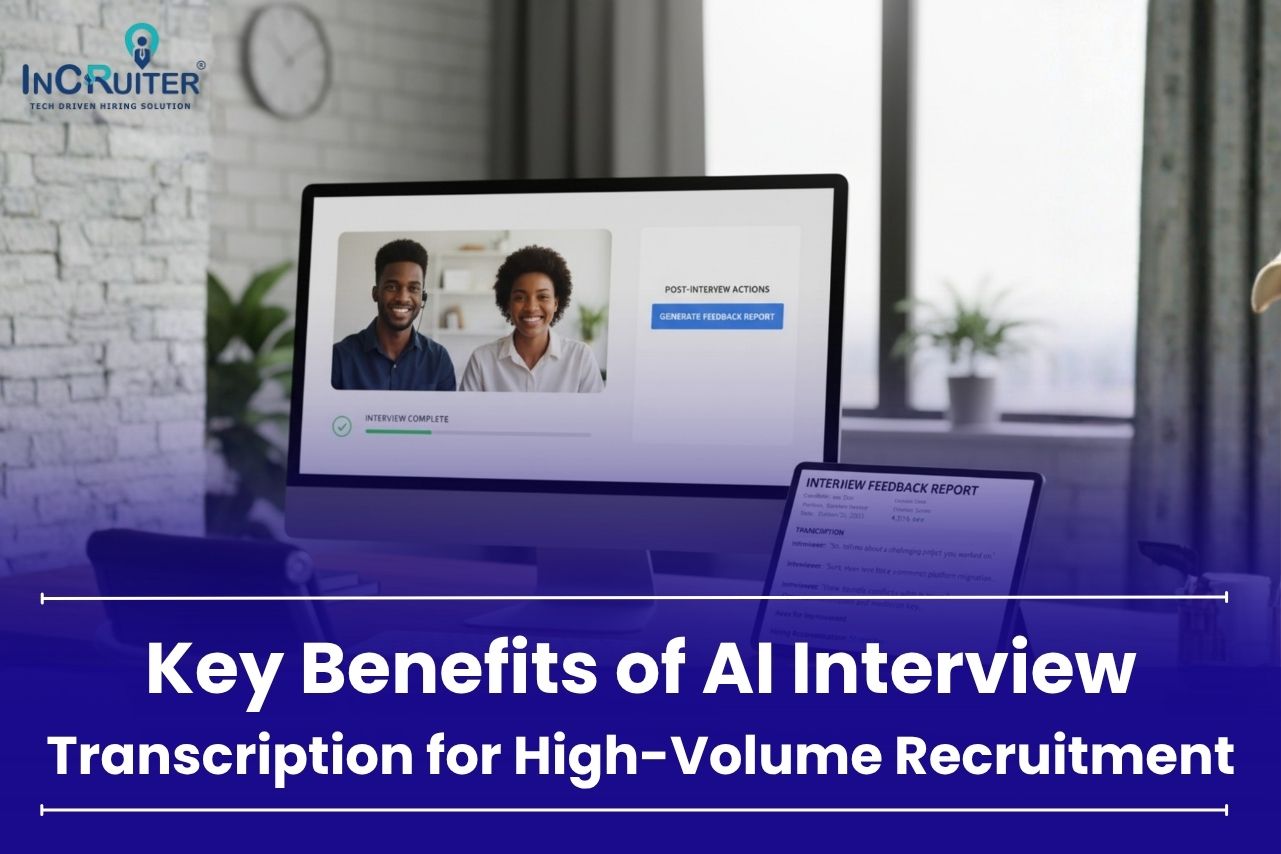Can you imagine what the world would be like if there was no automation and you had to do everything manually? How time-consuming would it have been to screen each and every resume on your own?
In this era of modern recruitment, the applicant tracking system emerges as the unsung hero, transforming how we hire. It is no longer a choice but has become a necessity in the hiring world. Recruiters are leaning towards ATS and looking for softwares compatible with their ATS. In this blog, we will explore everything you need to know about applicant tracking systems and their significance in today’s competitive job market.
Understanding Applicant Tracking System
An applicant tracking system helps automate and organize the recruitment process for organizations. It works as a hub for keeping track of all the aspects of the hiring process, from posting job openings to screening candidates and onboarding them.
ATS helps enhance the efficiency of the current recruitment process, making it more organized and transparent. HR and recruiters can highly benefit from this as it will save them a lot of time and provide the desired results.
Key Features of Applicant Tracking System

Think of job postings as messages sent to potential candidates digitally. Now, the applicant tracking system ensures that these messages are not just delivered but decoded accurately. They help these messages reach the right candidates with the right skills, like a targeted beacon in a sea of talent. Let’s uncover some of the key features of the applicant tracking system:
Job Posting and Distribution
One of the key features of ATS is the ability to create and post job openings on various job boards and other platforms. It allows for the distribution of job listings across multiple channels simultaneously, making the process faster and easier.
Resume Screening
ATS uses predefined criteria and matches them with the relevant information from resumes. A study shows that ATS can improve candidate screening accuracy by up to 70%. Recruiters can set specific keywords to identify the most suitable candidates quickly. This way, it is easier to shortlist candidates based on their resumes.
Interview Scheduling
By integrating an ATS, recruiters can simplify the process of interview scheduling and reduce 50% to 70% of time spent on scheduling interviews. It provides a centralized calendar for hiring managers, making the task more organized.
Analytics and Reporting
Insights generated by ATS on key recruitment trends can help organizations get a better understanding of the areas that need improvement. Hiring managers can track the source of successful hires, time-to-fill, and other critical performance indicators.
Enhanced Communication
Application tracking systems allow for seamless communication among team members.
It maintains a repository of comments, feedback, and evaluations for each candidate. This allows for a transparent recruitment process.
How to Choose the Right Applicant Tracking System?

Choosing the right applicant tracking system for your organization can be a bit tricky. However, with the right guidance and some tips, you can avail the maximum benefits of an ATS.
Know Your Requirements
Understand your organization’s specific requirements, like resume parsing, collaboration tools, interview scheduling, and more. Identify the key features and look for an ATS that matches with the same.
Integration Capabilities
Before choosing an ATS, ensure that it integrates well with other tools and systems like HRIS, payroll software, etc. It will help in enhancing the efficiency of the software.
Customization Options
Choose an ATS that allows customization options to match your organization’s needs. A flexible system will adapt to your specific requirements, giving you the best results.
Security Compliance
Always look for the ATS that complies with security and privacy regulations. Features such as data encryption and access controls are crucial for safeguarding sensitive candidate information.
User Interface
A system that is easy to use and navigate will give better results. Opt for an applicant tracking system that reduces training time and ensures a user-friendly interface.
Also Read: Recruitment Automation: What Is It and How Does It Work?
Summing Up
Now that you know about the applicant tracking system, you can use it more wisely to optimize the recruitment process. From simplifying resume management to enhancing collaboration among hiring teams, the features and benefits of ATS contribute to a more effective and strategic approach to hiring. It is no longer a choice but a necessity to use an ATS platform for increased efficiency.
For further assistance, you can reach out to us.
FAQs (Frequently Asked Questions)
Ans: An applicant tracking system helps automate and organize the recruitment process for organizations. It works as a hub for keeping track of all the aspects of the hiring process, from posting job openings to screening candidates and onboarding them.
Ans: Recruiters save time, make data-driven decisions, improve candidate experience, and facilitate seamless collaboration with team members using an ATS.
Ans: Yes, many ATS platforms offer integrations with HR tools such as HRIS, payroll systems, and background check services for a more comprehensive solution.


















